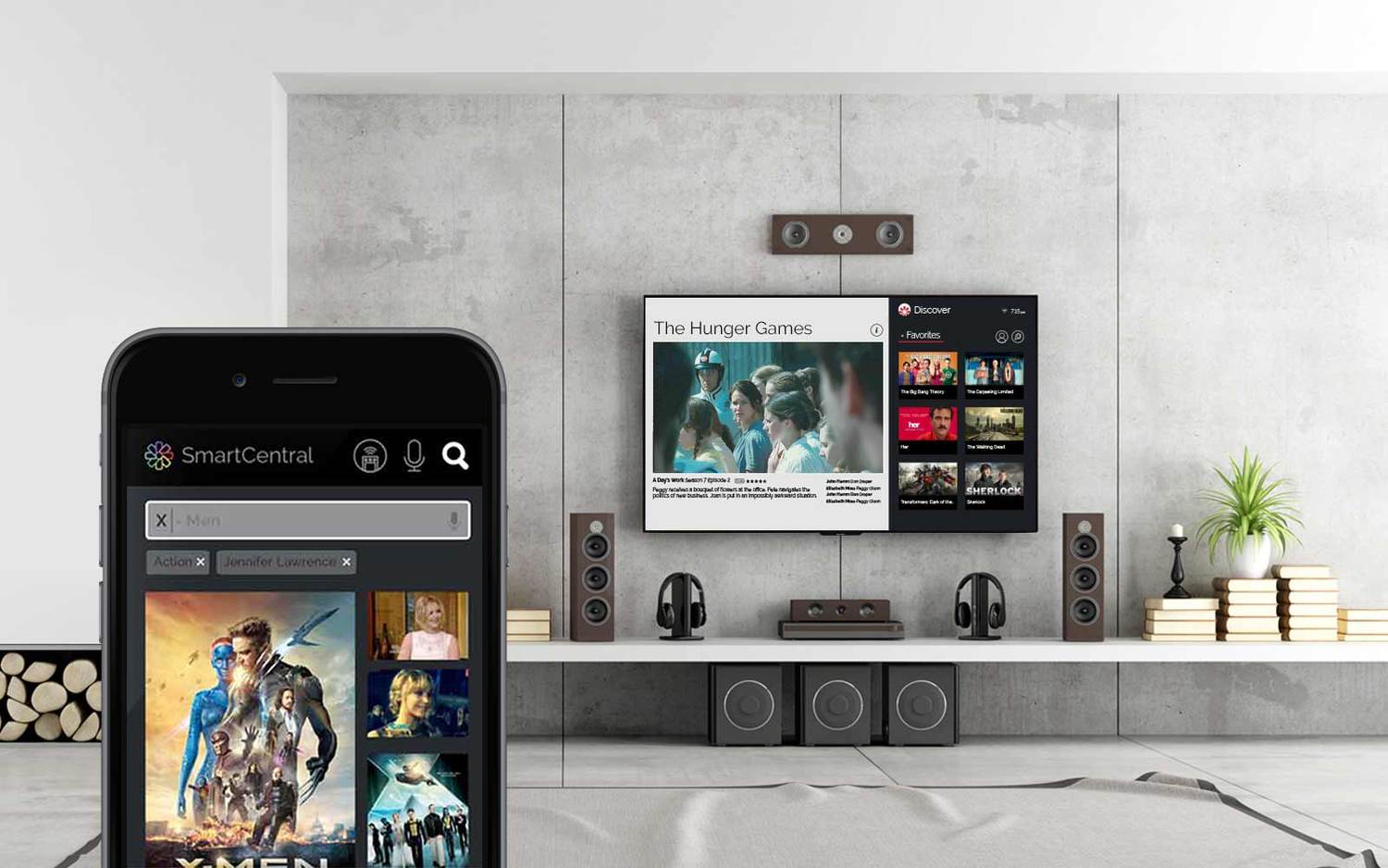
Cisco
Redefining the B2B Commerce Experience
Cisco Commerce Workspace (CCW) is the core of how Cisco does B2B sales and serves partners, distributors, and internal sales teams. Over time, it had become a fragmented ecosystem that slowed deals and caused trust issues in partners and distributors. I led the end-to-end redesign into a unified platform that accelerated transactions, rebuilt confidence, and positioned Cisco for its Commerce and SaaS future.
Project Snapshot
Role Lead Designer and Project Manager
Timeline 8 Years
Users Cisco partners, distributors, and internal sales teams
Scope End-to-end redesign (configuration, quoting, purchasing, SaaS integration, design system)
Outcome 3x faster deal cycles, 5x more quotes submitted, 95% increase in partner productivity
Scale 200+ features shipped, unified design system adopted org-wide
Initial Findings
By the time I joined, CCW was described by partners as “like a Jackson Pollock painting”, chaotic and confusing. Disconnected tools caused problems at every step, turning simple quoting into week-long tasks. The inefficiency frustrated users, increased support costs, and risked Cisco’s standing as a trusted technology leader.
Previous CCW

“
CCW tool is like a Jackson Pollock painting.
- a User Feedback
What We Had to Solve
My task was clear: turn CCW from a patchwork of tools into one smooth commerce platform. To get there, we needed to foster cross-functional collaboration, speed up the quoting process, and build a base that could grow with Cisco's Commerce and SaaS. I was leading the design direction, guiding a team of five designers, and getting everyone ( Executives, PMs and engineers) to a transformation that would take several years.
To sharpen focus, I framed the challenge around three questions:
How Might We
Simplify the B2B journey without losing enterprise depth?
How Might We
Win our partner's trust through clarity and consistency?
How Might We
Solve today’s pain points while anticipating future needs?

How We Tackled It
Grounding in Research
We began with research to ground decisions in evidence. Through qualitative interviews, we listened to partners describe frustrations with the existing workflows, inconsistent terminology, and error-prone issues. Quantitative surveys helped us see what issues were most common and had the biggest business impact. What we learned was that getting things done fast and right was more important than adding new features.
Personas after interview sessions with our Users: Partners, Distributors, and Internal teams
Clarifying the Journey
Usability tests showed that partners could handle complexity if the process was clear. The tab-style navigation made users unsure of how many steps were left, which caused stress (Hick’s Law in action). We changed the CPQ process into step-by-step flows that were specific to each role and included progress indicators. A/B testing showed 30% fewer errors and much higher task completion rates compared to the old tabbed layout.
Previous CPQ Process for Partner
Current CPQ Process for Partner
Building for Scale with Atomic Design
The problem wasn't just visual; engineers were building the same parts differently across tools. An audit found many versions of buttons and tabs. Instead of fixing everything at once, I focused on the most important parts using an Atomic design system. Checks found the worst issues, and tests with engineers showed that Atomic parts cut build time by 30%. This system became the base for over 200 consistent features that could be scaled.[
CCW Design System
Achieving consistency across platform with design system
Simplifying table data with new design system
Phased Rollouts to Build Trust
When we rolled out the redesign features, we had to balance trust with risk. Numbers showed that a lot of users take longer time to adapt with new features, so I proposed a phased launch starting with internal teams. This lets us get quantitative adoption data and qualitative feedback from Cisco internal team before rolling out to partners and distributors. Starting slow reduced the risk but also created excitement with stories of success backed by success stories.
Mentorship and Alignment
Beyond execution, I put effort in team culture and mentorship. Guiding designers to connect design choices to data involved using usability benchmarks, survey results, or A/B test outcomes. We held workshops with PMs and engineers to ground decisions in both qualitative insights and quantitative KPIs. This changed the focus from “features we want” to “problems we can prove we solved.”
examples of testing outcome
The Outcome
The redesign had a real impact on both the business and our users:
3x
Faster Deal Completion
Which Speed up Cisco’s Sales
5x
Increase in Quote Submissions
and They’re More Accurate with Fewer Mistakes
95%
Boost in Productivity
as support tickets dropped and workflows got easier
200+
Features Shipped
on Top of a Scalable Design System Now Adopted Org-wide
The most important thing is that people started trusting CCW again. Partners who used to dread the platform now described it as a reliable tool they can count on.


What I Learned
This project taught me that enterprise design works best when it brings clarity, builds confidence, and gets results you can measure. It wasn’t enough to make CCW look better, it had to rebuild trust, speed things up, and scale across a global ecosystem. The big takeaway was that leading design means rethinking problems, making hard choices, and shaping the company cultures so design is a key part of our plans, not just how things look.












